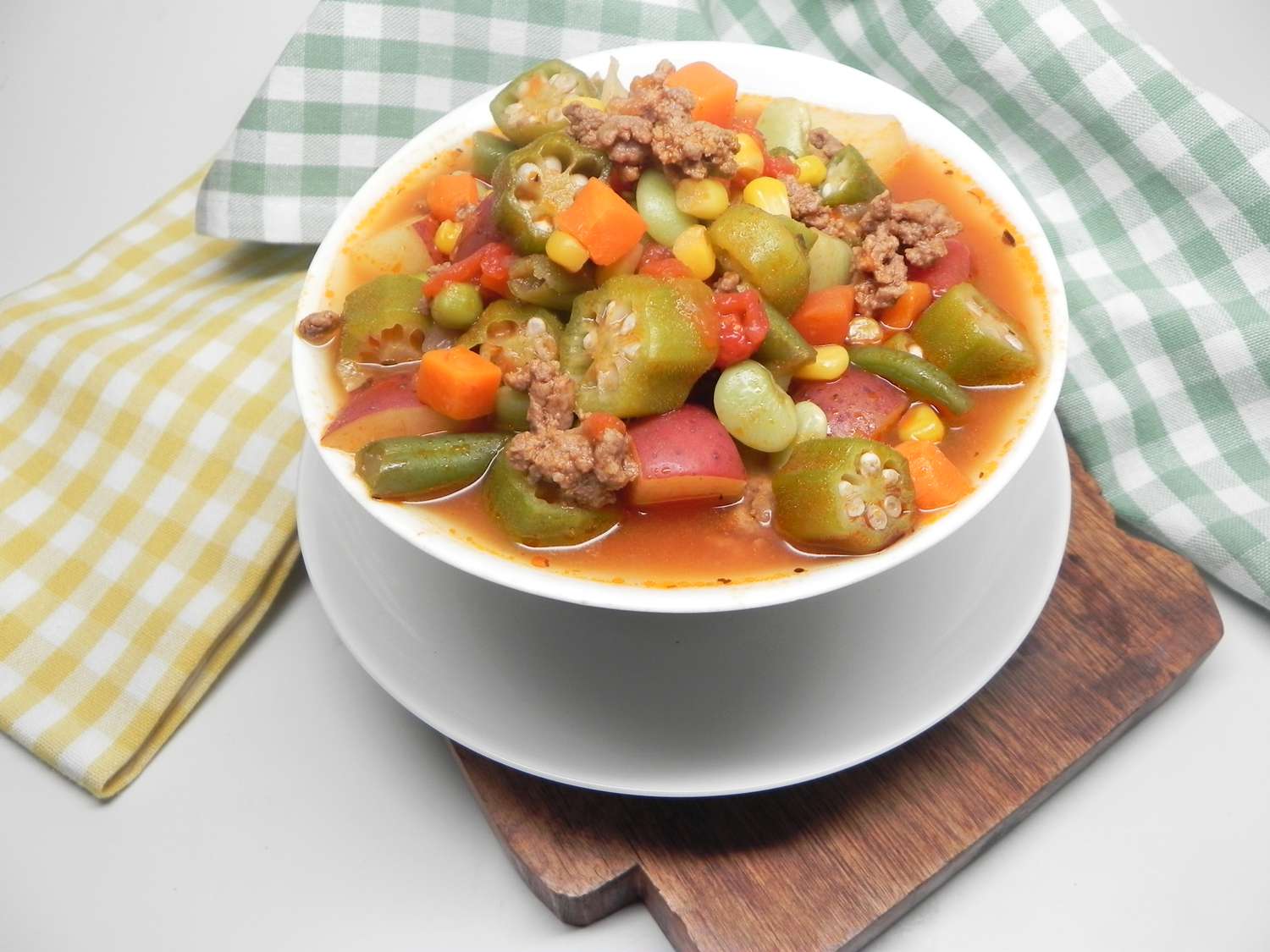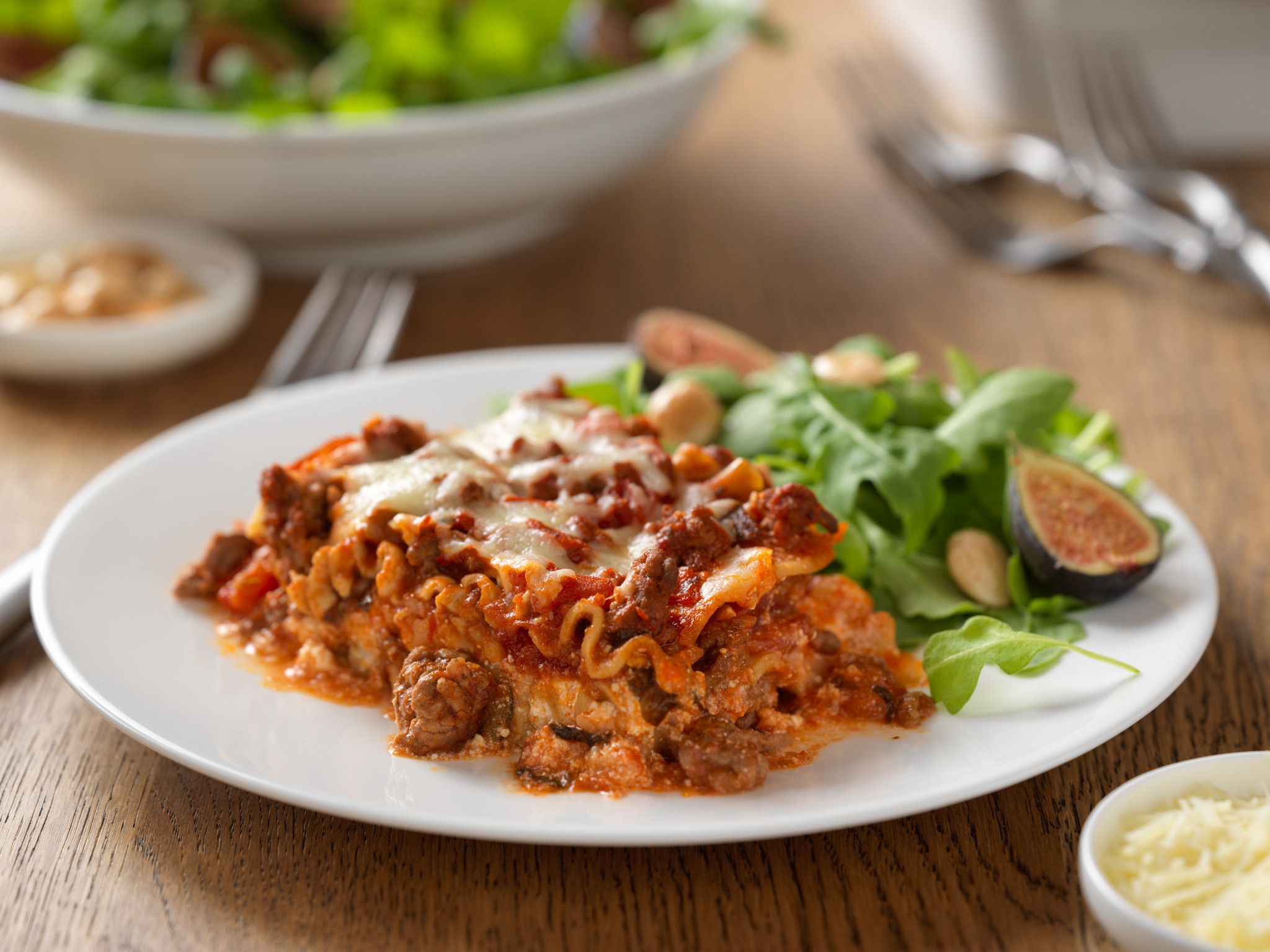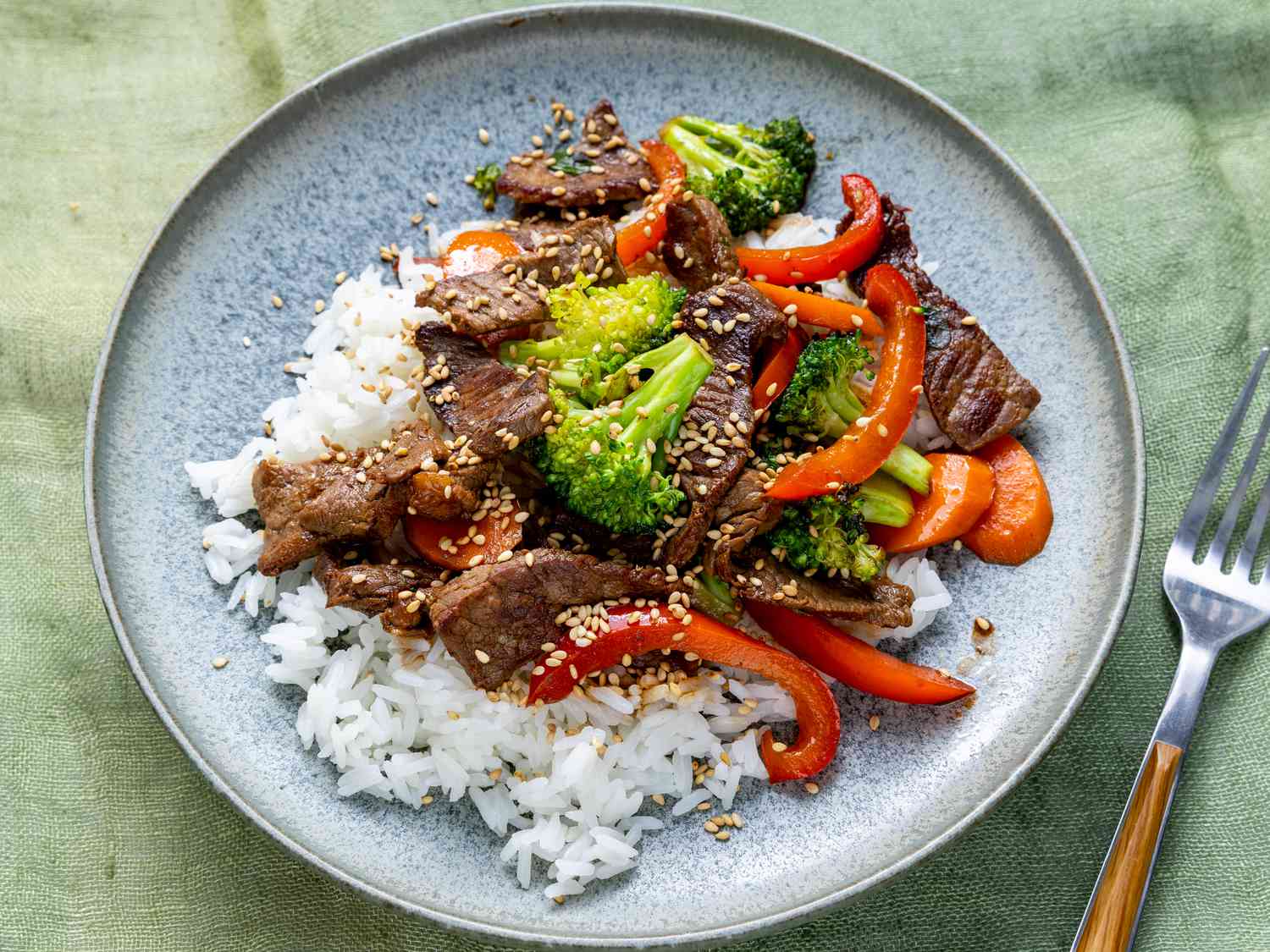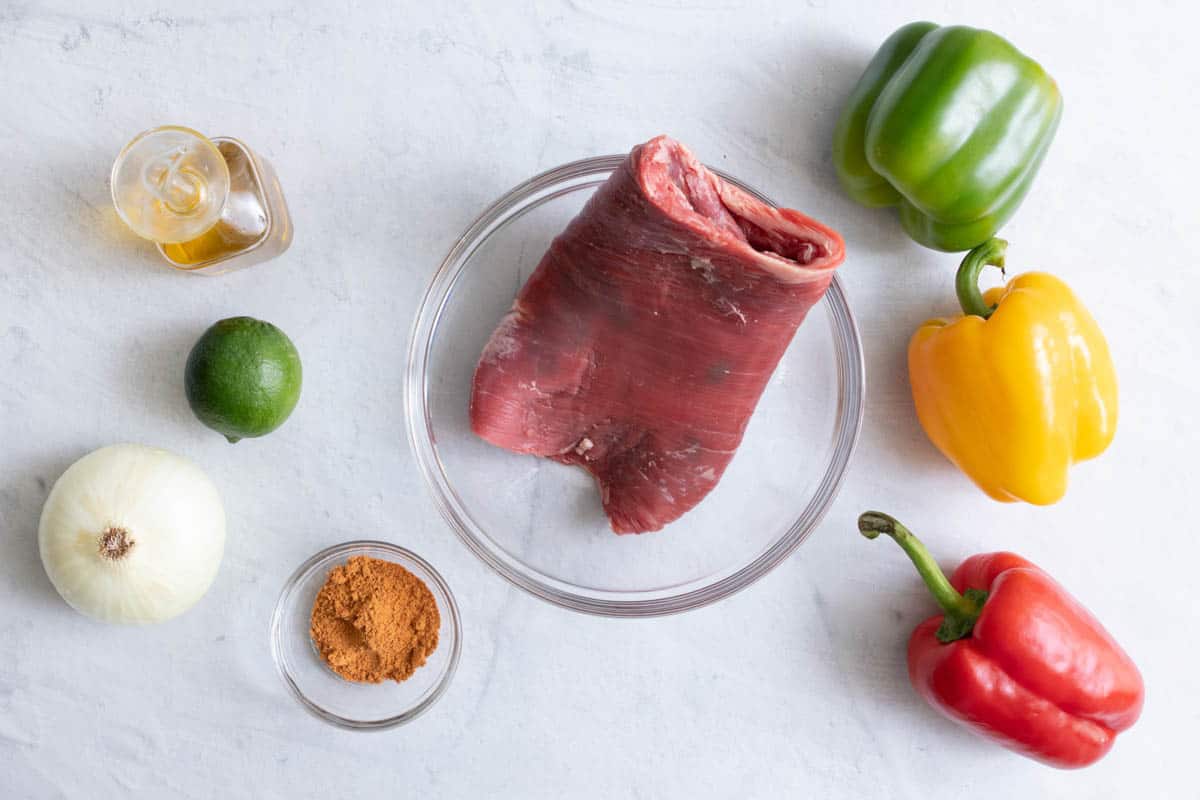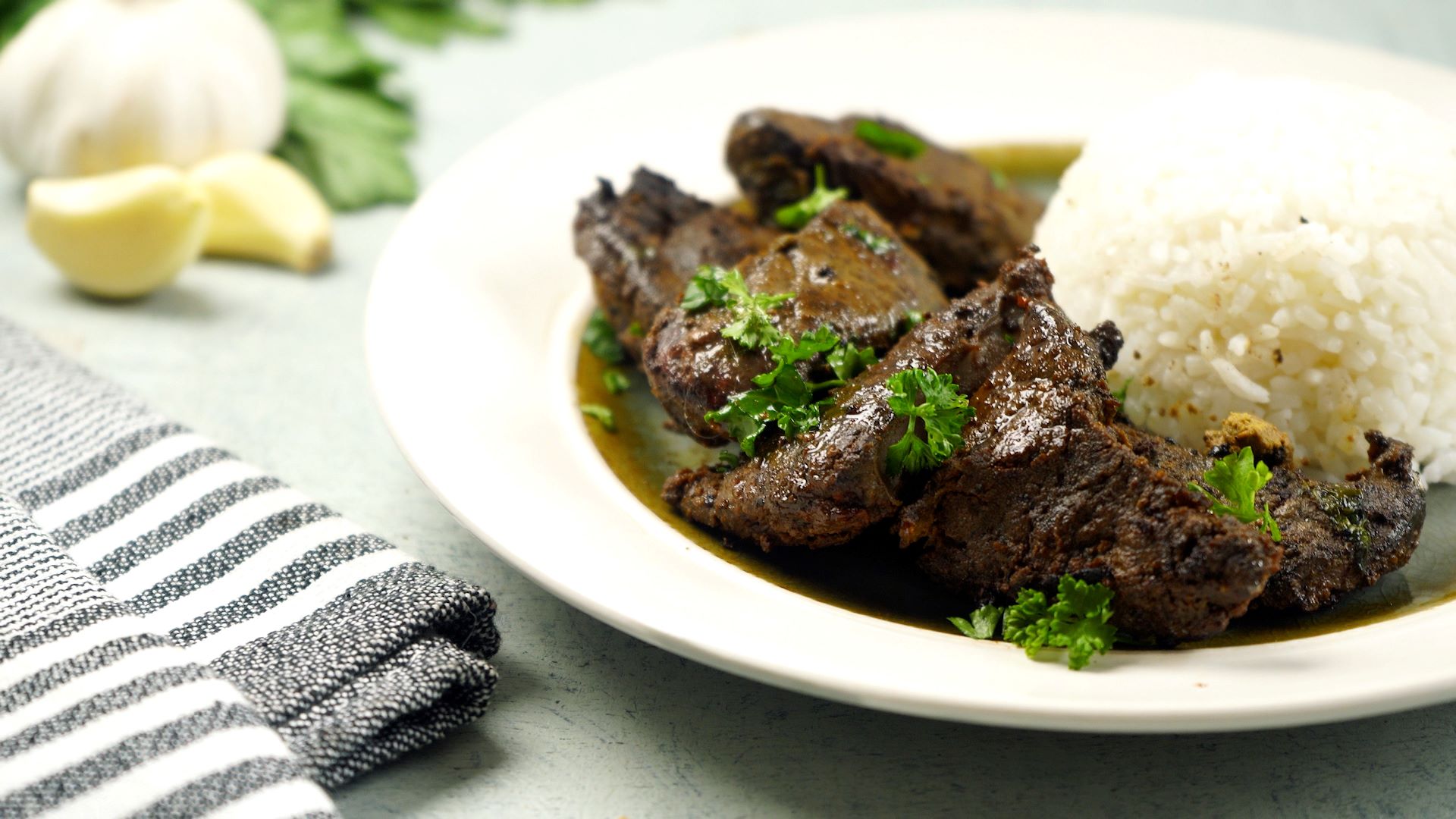Unlock the Secrets of Perfectly Cooked Cabbage for Delicious Egg Rolls
Are you a fan of scrumptious egg rolls? Well, you’re in luck! Today, we’re going to share with you the art of cooking cabbage for the ultimate egg roll experience. Cabbage plays a vital role in the texture and flavor of these delightful treats, so mastering the cooking process is key. Let’s dive right in!
Choose Fresh, Crisp Cabbage
When it comes to cooking cabbage for egg rolls, freshness is essential. Look for a head of cabbage that feels heavy for its size, with tightly packed leaves. The outer leaves should be vibrant and free from blemishes or discoloration. Fresh cabbage will ensure a crisp and delicious filling for your egg rolls.
Prepping and Cleaning
Before we start cooking the cabbage, we need to prepare it properly. Begin by removing any damaged outer leaves and rinsing the head of cabbage under cool water. Pat it dry with a clean kitchen towel or paper towels. Now, you are ready to chop!
Cutting and Shredding
The key to evenly cooked cabbage in your egg rolls is consistent cutting. Start by cutting the cabbage head in half, vertically. Then, slice each half into thin strips, creating fine shreds of cabbage. Alternatively, you can also use a grater or a food processor to achieve the desired texture. Uniformly shredded cabbage will ensure even cooking and a pleasant mouthfeel.
Sautéing or Boiling?
Now, it’s time to decide on the cooking method for your cabbage. Two popular options are sautéing and boiling. Let’s explore both:
- Sautéing: Heat a tablespoon of oil (such as vegetable or sesame oil) in a large skillet over medium-high heat. Add the shredded cabbage and toss it frequently to prevent sticking. Sauté for about 5-7 minutes or until the cabbage becomes tender but still retains some crispness. This method adds a slightly caramelized flavor to the cabbage, enhancing the overall taste of your egg rolls.
- Boiling: Fill a large pot with water and bring it to a boil. Add the shredded cabbage and let it cook for about 3-4 minutes. Drain the cabbage and rinse it with cold water to stop the cooking process. Boiling the cabbage will result in a softer texture, which can be ideal for those who prefer a milder flavor in their egg rolls.
Seasoning and Flavor Enhancements
To take your cabbage filling to the next level, don’t forget to season it well. Here are a few flavor enhancements you can try:
- Soy Sauce: Add a splash of soy sauce to infuse the cabbage with savory umami goodness.
- Garlic and Ginger: Sauté some minced garlic and grated ginger with the cabbage to add depth of flavor.
- Sesame Seeds: Sprinkle toasted sesame seeds over the cooked cabbage for a delightful nutty crunch.
- Chili Flakes: If you like a hint of heat, a pinch of chili flakes will do the trick.
Feel free to get creative with your seasonings and adapt them to suit your taste preferences. After all, cooking is an art!
Let the Cabbage Cool Before Making Egg Rolls
Before you start assembling your egg rolls, ensure that the cooked cabbage has cooled down. Hot filling can make it challenging to wrap the egg rolls tightly, potentially resulting in soggy rolls. So, be patient and give the cabbage some time to achieve the perfect temperature for your culinary masterpiece!
There you have it! By now, you should be well-equipped to cook cabbage for egg rolls like a pro. Remember, fresh cabbage, precise cutting, and the right cooking technique will elevate your egg rolls to new heights. So, roll up your sleeves, get cooking, and savor each crispy, flavorful bite of your homemade egg rolls. Happy cooking!
Readers looking to master the art of cooking cabbage for egg rolls can experiment with a variety of recipes that showcase their newfound skills. Classic Pork and Cabbage Egg Rolls offer a traditional approach, combining savory pork with perfectly cooked cabbage. For a lighter option, Chicken and Cabbage Egg Rolls provide a delicious alternative. Seafood lovers will appreciate Shrimp and Cabbage Egg Rolls, where tender shrimp complements the cabbage's crunch. Vegetarians can enjoy Tofu and Cabbage Egg Rolls, a protein-packed choice that's both satisfying and flavorful. For those craving a touch of spice, Spicy Korean Kimchi and Cabbage Egg Rolls deliver bold flavors and a hint of heat. Finally, the BBQ Pulled Pork and Cabbage Egg Rolls offer a smoky twist on the classic, making them a must-try for anyone seeking a new take on a beloved dish.
Was this page helpful?
Read Next: How To Cook Okra In Soup

